Native plants for shade
With about twice as much tree canopy as the average urban area, Atlanta is known as the “City in a Forest”. In many residential areas, the tree canopy covers more than 60% of the land area— which means that if you live in the Atlanta area your yard most likely features a good bit of shade! While having areas with lots of sun certainly offers a lot of options for growing a wide variety of vegetables and blooming perennials, there are actually so many great native plants that absolutely thrive in shady spots. For reference, below are the different ‘categories’ of shade I am referring to, since I know that can sometimes be unclear.
Shade Category Descriptions
Deep Shade / Full Shade: Sun is obstructed by a thick tree canopy or manmade structure (the north side of a solid fence or home wall is often full shade). Very little dappled sunlight, and no direct sunlight.
Shade: Up to 2 hours of direct sunlight per day (usually sometime in the morning). Possibly gets dappled sunlight, but not all day.
Part Shade / Morning Sun: This can apply to a few different situations — it could mean up to 5 hours of sun every morning (for example from 7am to 12pm), but fully shaded after that. It could also refer to an area that is fully shaded all day except for a couple hours in the afternoon (more than that and your plant will likely get fried). Last it can mean dappled sunlight all day long (for example under a tree that casts inconsistent, light shade all day).
When a deciduous tree loses its leaves in winter, the understory plants beneath it that were previously in shade might suddenly find themselves in sunshine. But since the days are shorter and the light is weaker due to the angle of the sun, most shade plants will do just fine until the tree canopy fills back in.
So, although all of those shade “categories” might sound confusing, many of these plants will thrive in any of the above conditions, so try not to overthink it! Here are some of my favorite native shrubs and perennials that have it made in the shade (yikes, cheesy!).
Native Shrubs or Small Trees for Shade
Anise (Illicium Parviflorum or Floridianum), Zones 6a-9b: Evergreen, reliable native shrub that typically grows quickly to about about 15ft tall and 10ft wide. Poisonous if ingested, highly deer resistant. Some people say the large, interesting, scarlet-colored, flowers smell bad— others say they are pleasantly fragrant, but I have never smelled anything at all on mine. Deep to part shade.
Florida / Coast Leucothoe (Agarista popufolia), Zones 7a-9b: Evergreen, spreading shrub that provide immense value to pollinators and songbirds. Prefers moist soil and can tolerate some flooding. Typically grows ~10ft tall x 8ft wide. Poisonous if ingested, highly deer resistant. Deep to part shade.
Bottlebrush Buckeye (Aesculus parviflora), Zones 5a-9b: Deciduous, suckering small tree with beautiful tubular flowers in summer that attract hummingbirds and butterflies. Typically grows ~10ft tall and wide. Poisonous if ingested. Deep to part shade.
Virginia Sweetspire (Itea virginica), Zones 5a-9b: Deciduous, semi-evergreen shrub with long, fragrant, showy white flowers in spring and summer as well as beautiful, bright fall color. Great for attracting butterflies and songbirds. Spreads/divides easily and is beautiful in large groups. Grows to around 6ft tall and 4ft wide, while dwarf varieties (like ‘Little Henry’) grow to around 3ft. Part shade to part sun.
Summersweet (Clethra alnifolia), Zones 3a-9b: Deciduous, very adaptable shrub with highly fragrant flowers in summer. Fantastic food source for hummingbirds, bees, butterflies, and other wildlife. Grows to around 6ft x 5ft. Part shade to full sun.
Eastern Redbud (Cercis canadensis), Zones 4a-9b: This is one of my favorite trees— it provides early nectar for pollinators when it blooms in March. It grows larger than the other ones on this list, topping out around 25-30ft, but it’s really wonderful for wildlife and a great native alternative to Japanese Cherries or Bradford Pears. Part shade to full sun, with more blooms in more sun.
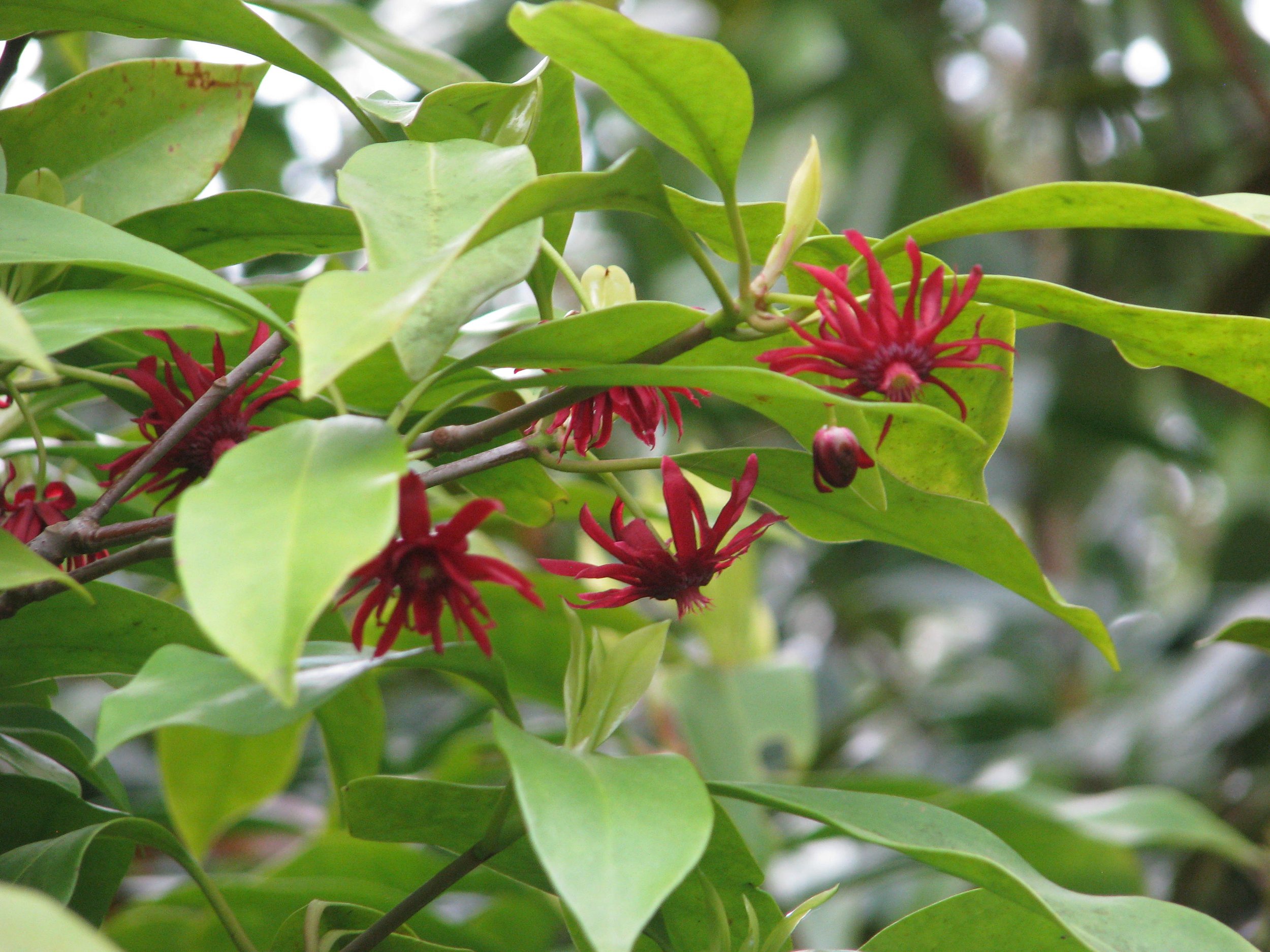


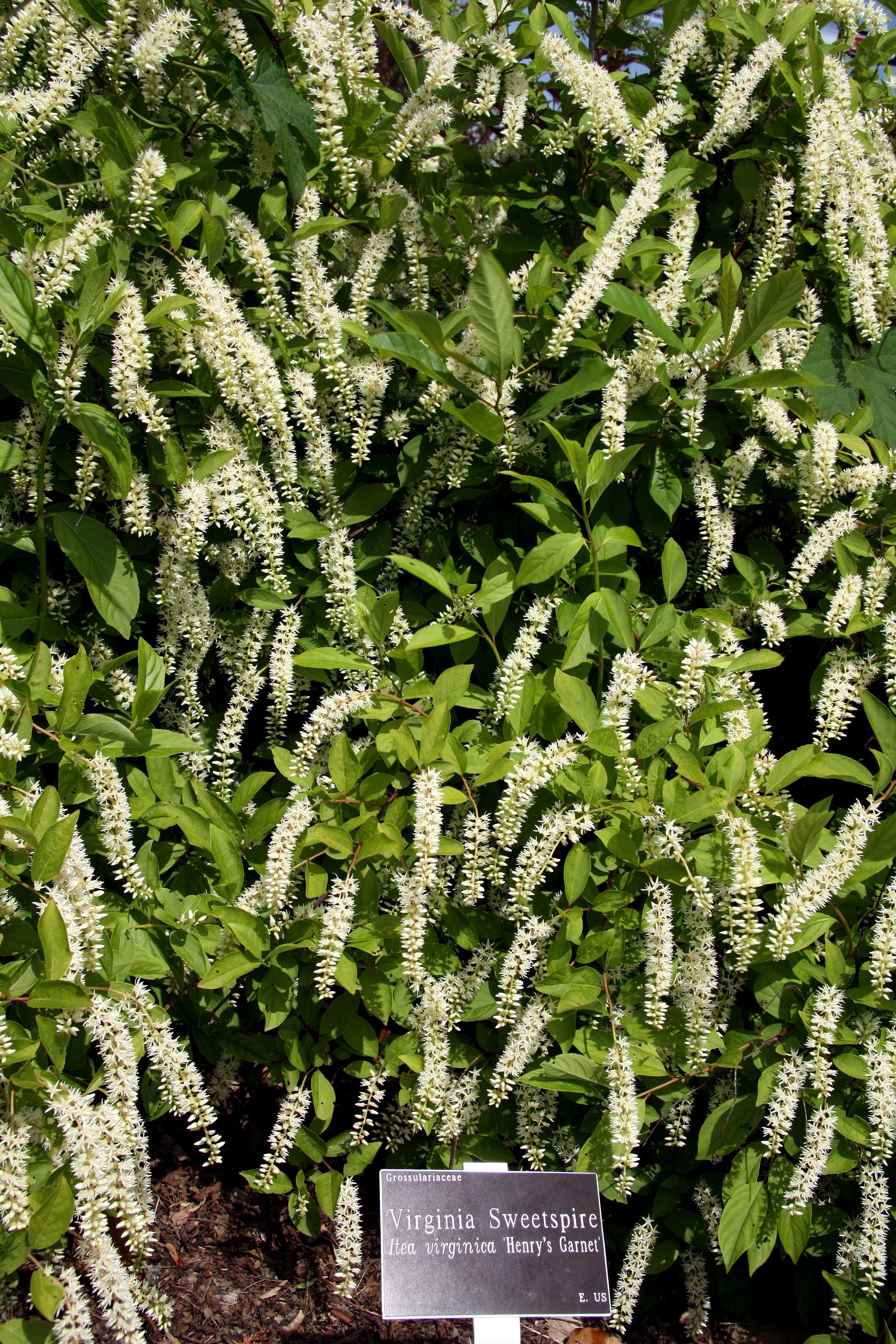


Native Perennials and Groundcovers for Shade
Dwarf Crested Iris (Iris cristata), Zones 3a-9b: A fan of small swordlike leaves pop up in spring, followed by gorgeous purple flowers. Poisonous if ingested and somewhat deer resistant. Great for rocky or poor soil. Native to most of the Eastern and Central US. Part shade to part sun.
Foamflower (Tiarella cordifolia), Zones 3a-8b: Spikes of airy white or pinkish flowers appear in Spring, hovering over interesting maple-like foliage that ranges from green to purple. Spreads slowly in the garden. An herbaceous perennial in cold climates, some varieties are evergreen in Atlanta. Native from Canada down to Alabama and over to the Midwest. Deep shade to part shade.
Green and Gold (Chrysogonum virginianum), Zones 5a-9b: Very adaptable, well-behaved, and reliable evergreen groundcover with golden flowers in spring/summer. It will spread out slowly and form a dense mat that keeps weeds at bay. Native from around Pennsylvania down to Florida and over to Louisiana. Easy to divide in order to help it spread. Deep shade to part sun.
False Goatsbeard (Astilbe biternata), Zones 5a-9b: Huge plumes of feathery white flowers can grow up to 6ft tall in May through July. Native to the Southeast up to WV. Great for pollinators. Deep shade to part shade.
Coralbells (Heuchera), Zones 3a-9b: You can find cultivated varieties with foliage in essentially every color of the rainbow! Butterflies and hummingbirds like the flowers. Native from Canada all the way down to Mexico. Deer and rabbits don’t like the taste. Grows anywhere—full shade to full sun!
Christmas Fern (Polystichum acrostichoides), Zones 3a-9b: Maintenance-free evergreen fern native to all of North America. Provides cover for songbirds and grouse. Deer and rabbit resistant. Full shade to part shade.
Virginia Waterleaf (Hydrophyllum virginianum), Zones 4a-8b: Can spread aggressively in the garden, so it might be helpful for filling in a large bare shady spot where invasives have recently been removed. Bees like the light purple flowers, and the young leaves can be used in salad. Native to most of eastern and central North America. Full shade to part shade.
Southern Shield Fern (Thelypteris normalis), Zones 7a-10b: This deciduous, fast-growing fern spreads to form colonies (also a good plant to help fill in a shady area where english ivy or periwinkle was recently removed). Deer resistant. Native from the Carolinas over to Texas and down to the Caribbean. Full shade to part shade.
Cherokee Sedge (Carex cherokeensis) Zones 6a-9b: Adaptable evergreen sedge (grass-like plant) that spreads slowly in the garden. Provides habitat and nesting material for lots of wildlife. Native from Virginia down to Florida and over to Texas. Eastern star sedge (Carex radiata) is also a lovely, much smaller sedge. Full shade to part sun.
White Wood Aster (Eurybia divaricata, previously known as Aster divaricatus), Zones 3a-8b: Tons of small white flowers appear in August through October, a wonderful late food source for wildlife. Native to eastern North America. Is reported to spread assertively, especially in dry shade. Calico Aster (Symphyotrichum lateriflorum) is similar in habit and sometimes also called White Wood Aster. Full shade to part shade.
Wild Columbine (Aquilegia canadensis), Zones 3a-8b: Gorgeous red, bell-like flowers appear in Spring. Great for pollinators and birds, and native to most of North America. There are more than 60 other species and colors of columbine, native to different parts of the Northern Hemisphere. They are deciduous short-lived perennials but will reseed. Does well in shade to full sun.
Golden Alexander (Zizia aurea), Zones 3a-8b: Very adaptable plant with yellow flowers in April and May. Spreads politely and is native to most of eastern North America. Shade to full sun.


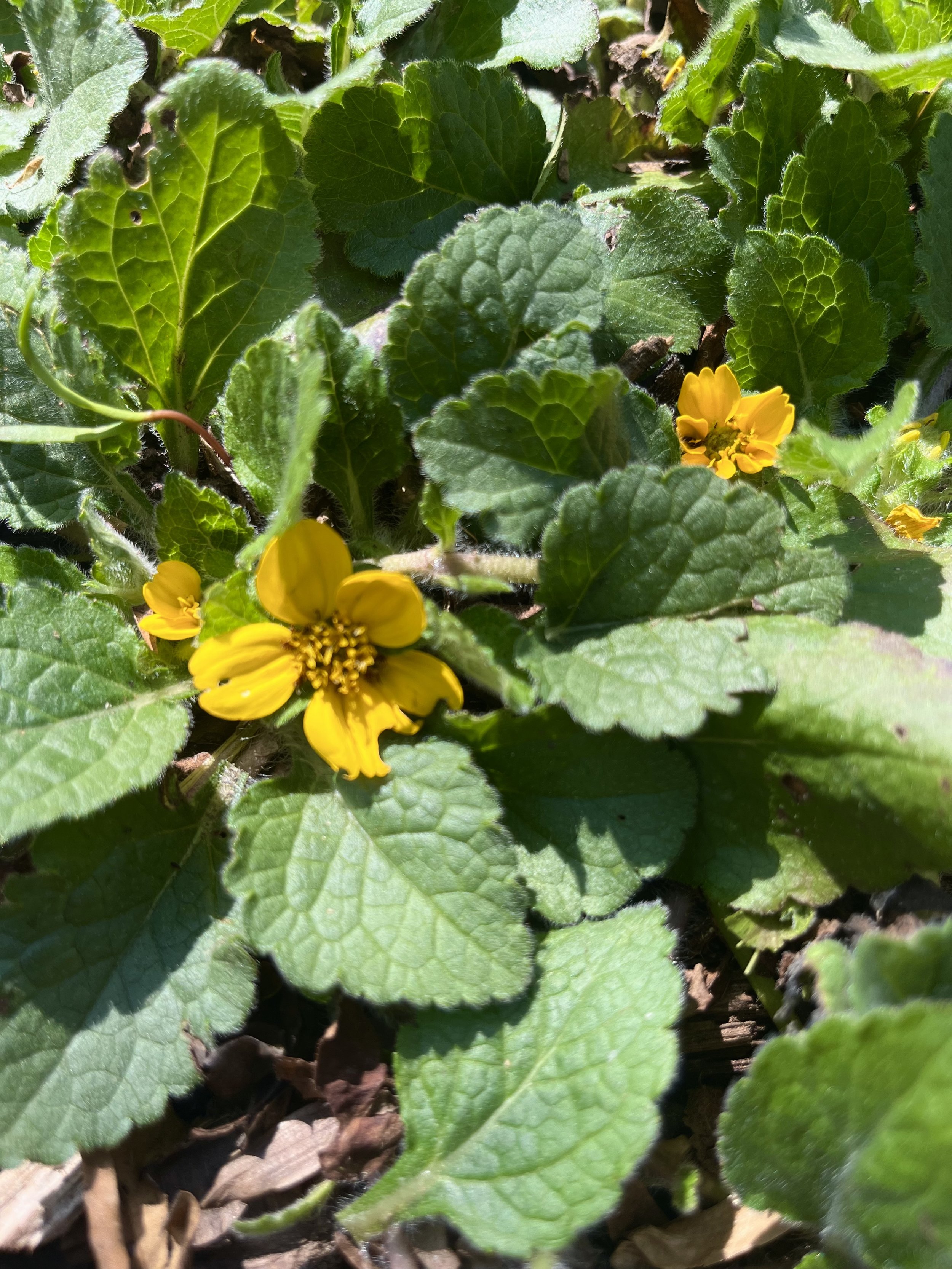
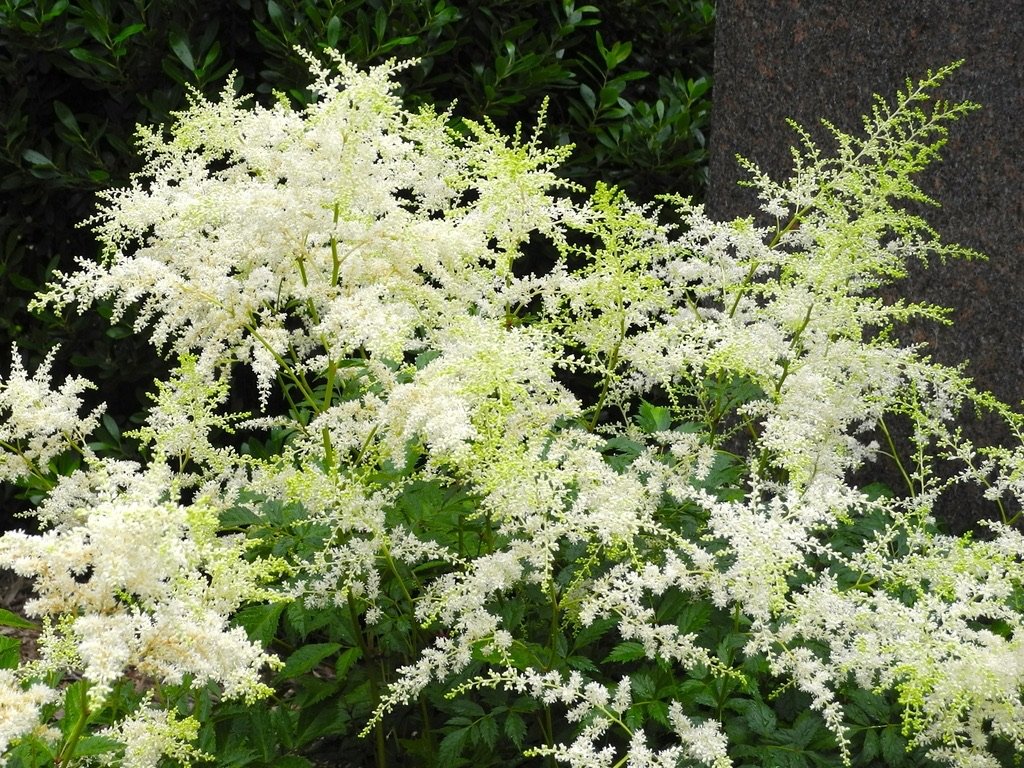

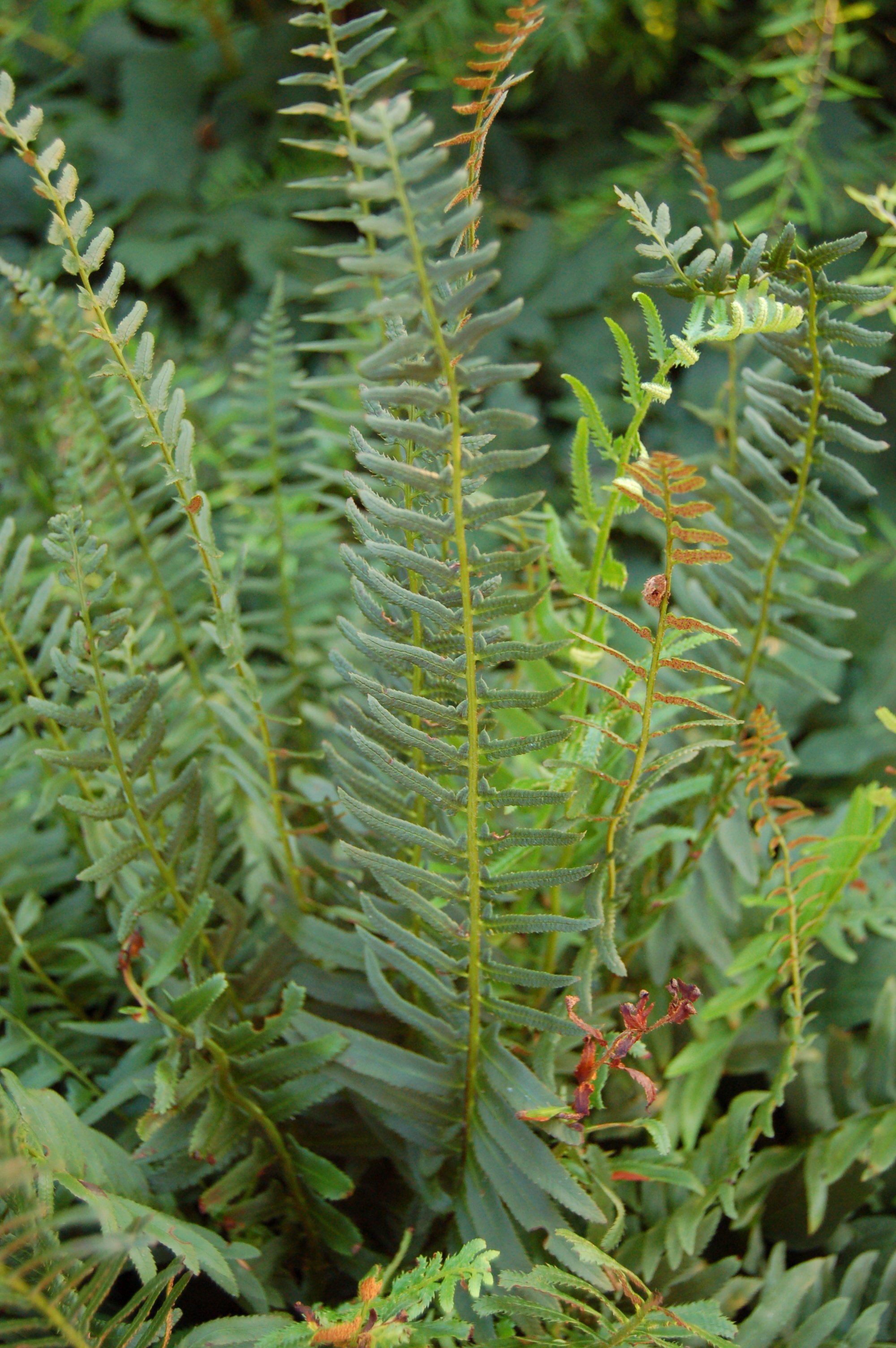

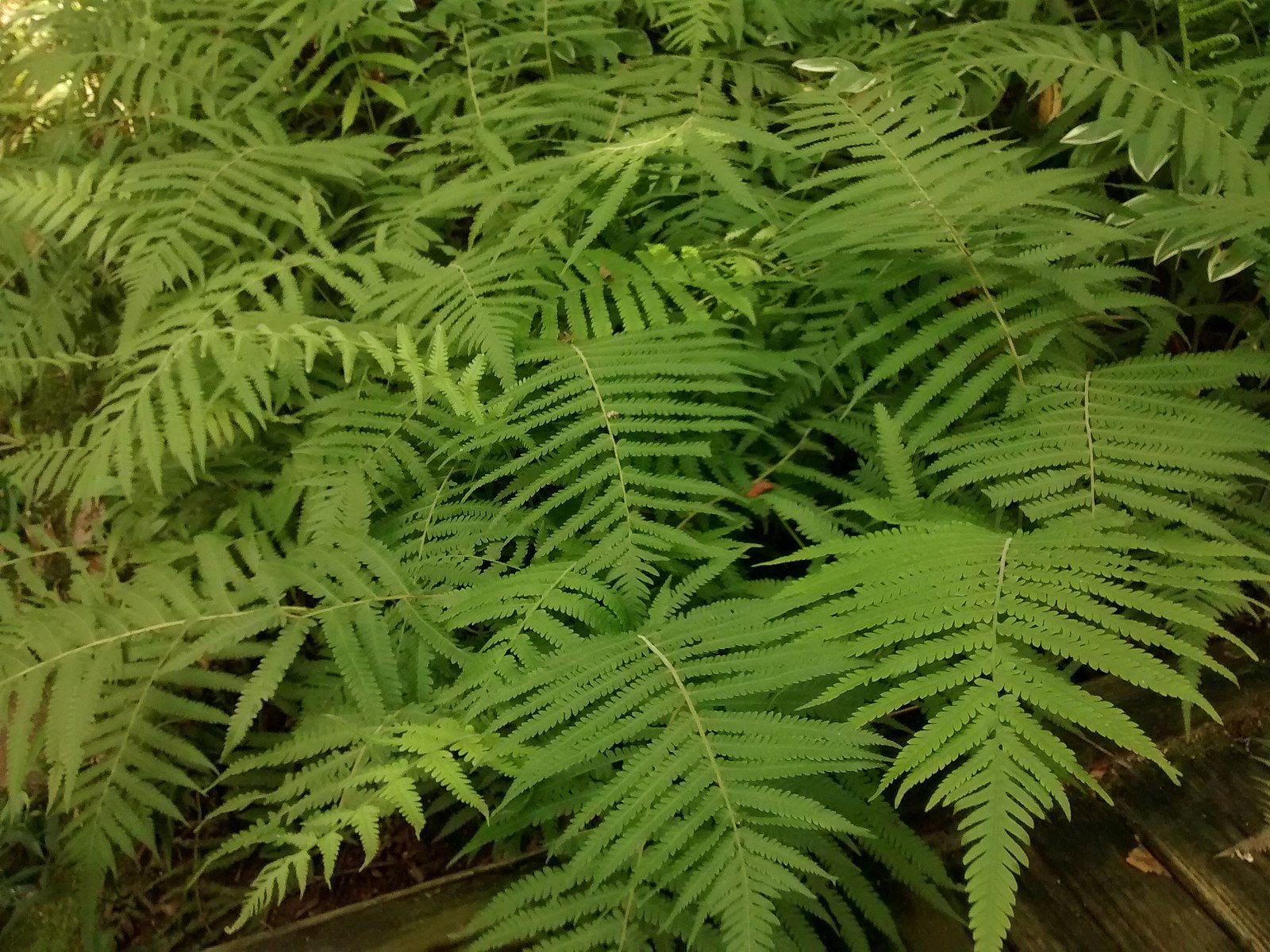




Atlanta is part of the Southern Inner Piedmont ecoregion 45b, an area primarily defined by natural features including hills, rivers and creeks, native grasslands, and both evergreen and deciduous forests. In Sandy Springs we get about 50 inches of rain per year, and we have about a 62% tree canopy cover. I am so grateful for all of the beautiful tree cover that we enjoy here, keeping what tourists love to call “hotlanta” actually relatively cool for a densely populated urban area in the South. Even though it might sometimes feel restrictive to have deep shade in your yard, I hope you are able to take advantage of the wonderful variety of native plants listed above that can happily thrive on even the shadiest woodland forest floor! If you are overwhelmed by all of the options, and want someone to help you plan a beautiful and sustainable garden specifically suited for your unique landscape, Unruly Roots offers garden consulting services to help you bring your vision to life! You can find out more here. Keep on growing, friends!

